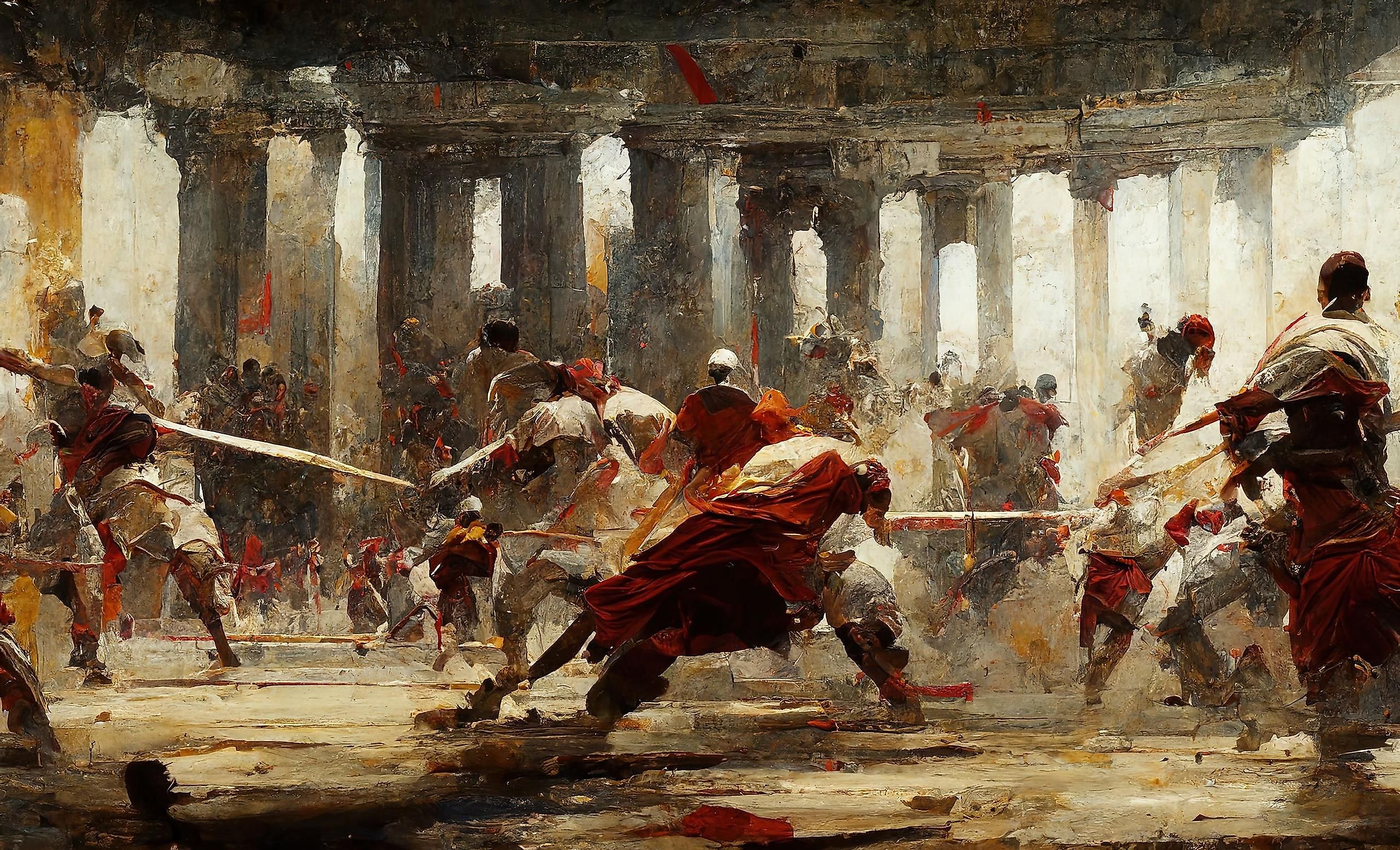
The 5 Darkest Secrets of Ancient Rome
At its height in the second century AD, the mighty Roman Empire had no equals. Stretching from Britain to Iraq, it is estimated that the Roman Empire ruled over nearly a quarter of the global population. Despite the Western portion of the empire collapsing in the late 5th century and the Eastern remnants being snuffed out in 1453, we can still see the Romans' impacts on our society today. Much of the Western World has the Romans to thank for their language, laws, and cultural traditions.
While all these things are rightfully celebrated today, there are many unsavory or misunderstood aspects of Roman civilization that do not share the same levels of exposure. Check out these five dark secrets of Ancient Rome.
Deadly Latrines
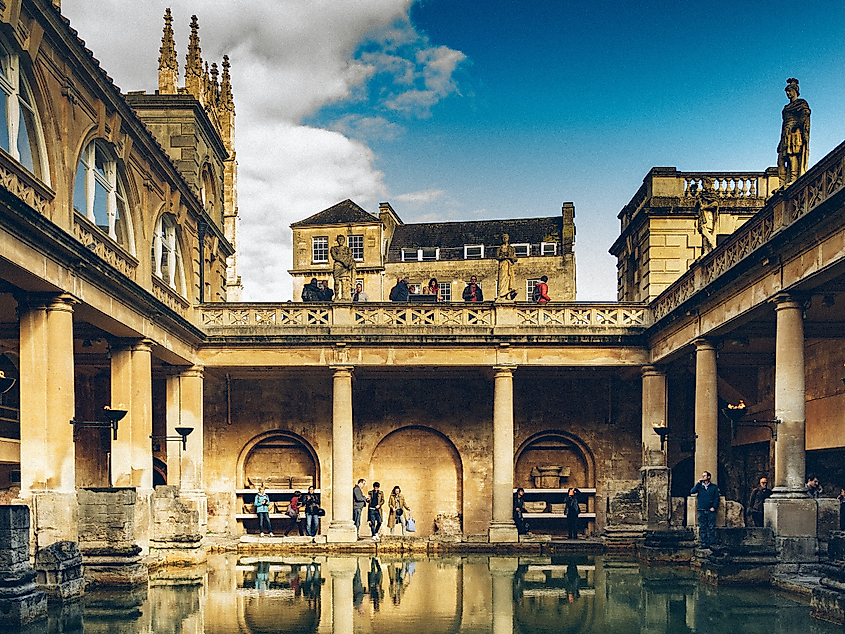
One of the many things the Romans are remembered for in today's age is their outstanding engineering skills. Roman roads, aqueducts, and sewage systems all outlasted the empire itself for hundreds and in some cases thousands of years. However, it is their plumbing and sewage networks that had a dangerous and sometimes deadly flaws to them.
Only the wealthy elite would be able to afford their own toilets. This meant that the rest of the population was stuck either using a bedpan, a cesspit, or heading over to the public toilets.
As you could imagine the smell would have been dreadful. However, that was not the only problem. Due to the sheer amount of people that would use these toilets, an immense amount of hydrogen sulfide and methane gas would build up in the pipes below. This could cause flames to shoot out from the toilet seats and injury or even kill those who were unlucky enough to be at the wrong place at the wrong time. Not to mention the rats who dwelled in the pipes and could climb up from underneath and bite at some very "sensitive" areas.
Nero's Third Love

Of all the wicked and depraved emperors that Rome had to endure, Nero might have been the worst. There could be a separate list dedicated to all of his despicable and obscene acts alone. However, one of his most cruel and wicked escapades would probably have to do with his third lover, Sporus.
Sporus was a young boy that Nero had taken a liking to after he had kicked his pregnant wife to death in a blind rage. In a deranged attempt to try and make Sporus more similar to his late wife, Nero had the boy castrated and forced him to wear women's clothes.
They were officially married in 67AD and were together until Nero committed suicide a little over one year later.
Decimation
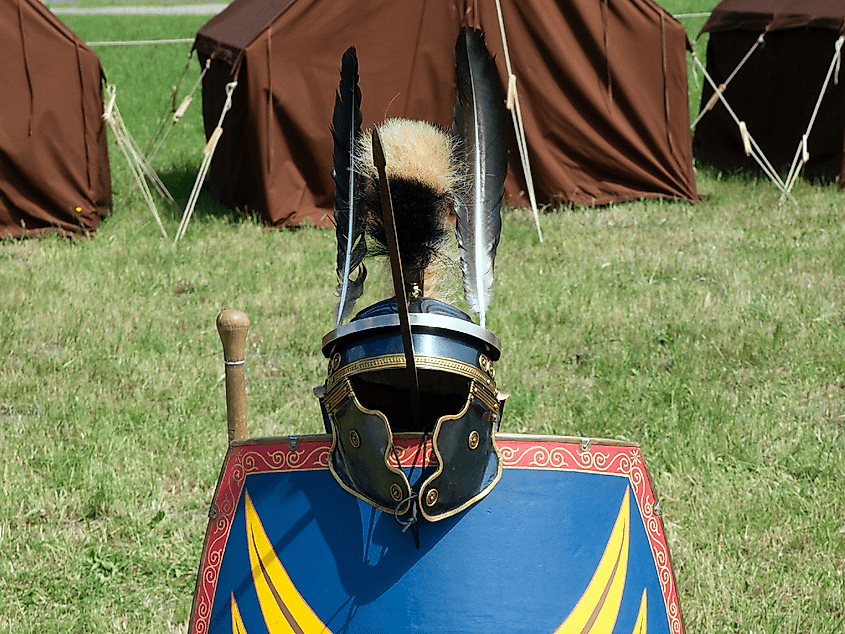
Rome's greatest strength was its military might. Rome's legions which consisted of well-trained, professional soldiers were almost unstoppable in battle. But just because a legion was experiencing success in the field does not mean that there were not times troops would become disgruntled with their leadership.
Long campaigns, poor supplies, and lack of pay were all issues that would play a factor in a legion's morale. Low morale meant that some soldiers would refuse to follow orders or turn to desertion. If these problems continued a Roman commander might have used one of the most brutal forms of punishment in history. Decimation.
Disobedient legionaries would be rounded up into groups of 10 and forced to draw straws. The one that was unlucky enough to get the shortest straw was then beaten to death by the other nine. Those who dealt out the beating were then cast out from the legion for a few days, forced to live off barley and whatever else they could get their hands on. As you could imagine this was a hideous way to maintain order, but an effective one at that.
Praetorian Guard
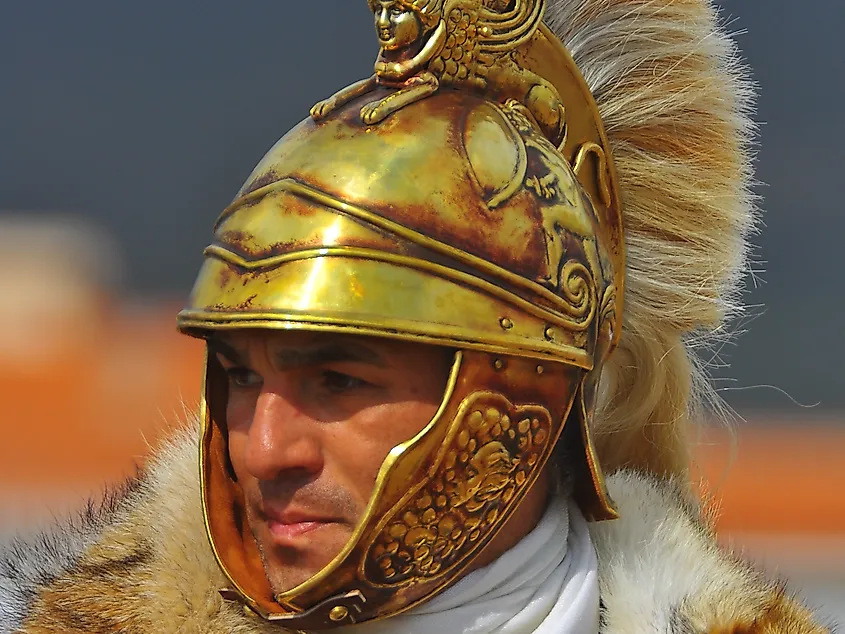
Originating as an elite bodyguard sworn to protect the Emperor's life, the Praetorian Guard soon found itself an institution that was plagued with nepotism, greed, and corruption.
Throughout the vast history of the Roman Empire, 13 Emperors are believed to have been assassinated by the Praetorians. Quick to betray their oaths, the "loyal" bodyguards were happy to turn on their master if someone was willing to pay enough money for them to do it.
There were even instances of the Praetorians auctioning off the title of Emperor to the highest bidder.
Their endless schemes and antics would only be ended after they backed the losing side in a civil war. The new Emperor Constantine disbanded the unit shortly after his victory at the Battle of Milvian Bridge.
Victims of the Colosseum
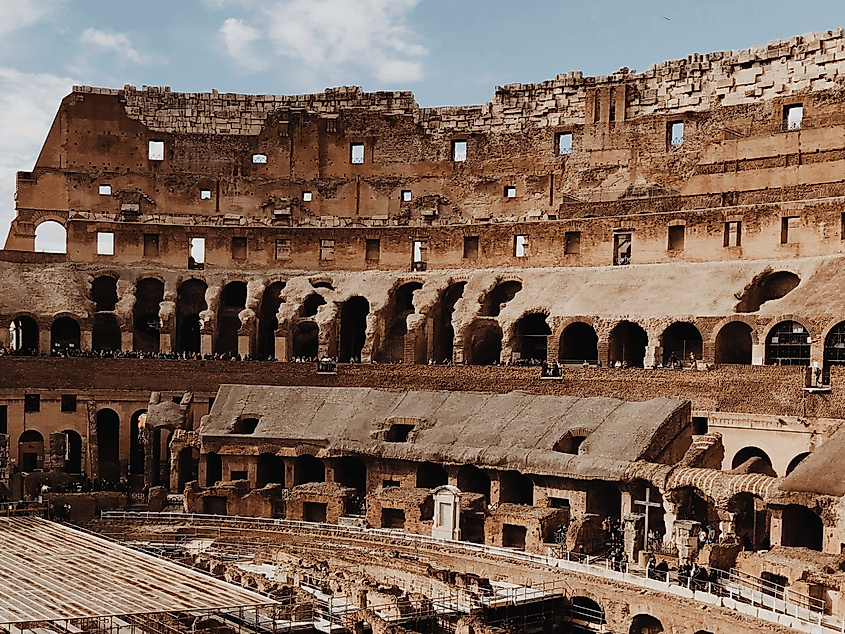
The brutal realities of the Roman Colosseum and gladiatorial combat are no mystery today. But the sheer scale of destruction Roman bloodlust had on surrounding animal populations is truly astounding.
Entire subspecies of animals were nearly hunted to extinction in order to satiate the crowds back in Rome. Lions that once lived in North Africa, Greece, and modern-day Turkey can all thank their population decline to Roman trappers who would ship them off to die in gladiatorial games.
Not to mention the countless other animal groups that were killed for entertainment or used to tear petty criminals or political prisoners limb from limb.
Summary
Brutal punishments, exploding toilets, sadistic emperors, backstabbing bodyguards, and animal extinction are just a few of the darker or lesser-known facts about the Roman Empire. As you could imagine, there are many more topics that could have been added but did not make the cut. Roman society and culture existed for nearly 2,000 years was a fluid ever-changing entity.
What makes the study of these ancient civilizations so fascinating is how different they are from our own. If you want to learn more about life during the Roman era please do not hesitate to take a look at all the other articles we have to offer at World Atlas.











